China's Chang'e 6 robotic mission reached a crucial moment in the nation's historic lunar odyssey on Sunday morning, when its landing craft successfully touched down on the moon's little-known far side.
With assistance from the Que-qiao 2 relay satellite, the Chang'e 6 landing craft softly settled on the lunar surface at 6:23 am at a designated site inside the South Pole-Aitken Basin, the moon's largest, oldest and deepest basin.
The landing marked the arrival of China's, and the world's, second-ever spacecraft on the moon's far side, which scientists believe holds clues to many mysteries surrounding the moon as well as the solar system.
In the next two days, the craft is set to use a robotic arm and a drill to collect surface and underground substances and place them in a container that will be sealed before the materials are sent into lunar orbit for the journey to Earth.
If the mission goes according to plan, it will be the first time that dust and rocks from the lunar far side have been retrieved. The new samples will probably offer researchers around the globe useful keys for answering questions about the moon, and will likely bring a range of invaluable scientific payoffs.
According to the China National Space Administration, Chang'e 6's complex landing operation began on Thursday, when the landing craft separated from the combined orbiter and reentry capsule in preparation for the landing.
When everything was ready on Sunday morning, the landing craft began its descent at 6:09 am.
The craft continued making adjustments during the descent as its main engine worked to reduce the flying speed. Its special cameras took pictures of the selected destination and transmitted them to computers to determine the final landing point and also to identify possible hazards on the surface, such as large rocks, so that the craft could maneuver to avoid them.
When reaching an altitude of about 100 meters above the moon, the landing vessel suspended its descent and hovered for a short time to carry out accurate laser scanning of obstacles before continuing to descend at a slower and steady speed.
At the last moment of the challenging operation, when the craft was several meters above the surface, its main engine was stopped, and the craft activated a buffer system and touched down smoothly on the lunar surface. It thus became the second spacecraft to arrive on the lunar far side after Chang'e 4, which achieved the feat five-and-a-half years ago.
Soon after the landing, the craft's solar panels and directional antennas unfolded and went through initial checks and setup, and then the collection devices began to gather samples.
Meanwhile, two European scientific apparatus carried by the Chang'e 6 landing craft — a radon-measuring instrument from France's national space agency and a dedicated negative ion instrument developed by the Swedish Institute of Space Physics with support from the European Space Agency — have begun to operate on the lunar surface, according to the Chinese space administration.
The Chang'e 6 spacecraft, representing the world's first attempt to bring samples from the far side of the moon back to Earth, was launched by a Long March 5 heavy-lift carrier rocket on May 3 from the Wenchang Space Launch Center in Hainan province. It entered lunar orbit on May 8.
Like all previous Chinese lunar probes, the 8.35-metric-ton Chang'e 6 spacecraft was designed and built by the Beijing-based China Academy of Space Technology, a subsidiary of China Aerospace Science and Technology Corp. It consists of four major components — an orbiter, a lander, an ascender and a reentry capsule.
By analyzing the physical and chemical characteristics of the samples from the moon's far side, scientists will be able to deepen their understanding of the origins and evolution of the moon and the solar system, said Ge Ping, one of the senior space officials overseeing the nation's lunar programs.
He added that the Chang'e 6 probe will also help space mission planners to gain more experience for follow-up explorations on the lunar far side.
The lunar far side is the hemisphere of the moon that permanently faces away from Earth due to tidal forces on the planet. As it is never visible from Earth, that region was once dubbed the "dark side of the moon", although it receives just as much sunlight as the near side.
The vast region had never been reached by any spacecraft until January 2019, when the Chang'e 4 probe landed in the South Pole-Aitken Basin. The Chang'e 4 surveyed the site but did not collect and send back samples.
Before the latest mission, China had fulfilled a lunar sample-return mission — the Chang'e 5 in the winter of 2020, which landed on the moon's near side and gathered 1,731 grams of samples, the first lunar substances obtained since the Apollo era. It made China the third nation, after the United States and the former Soviet Union, to have collected lunar samples.
So far, Chang'e 5 lunar samples have enabled Chinese researchers to make a number of academic strides, including the discovery of the sixth new lunar mineral, named Changesite-(Y).
Changesite-(Y), which falls in the category of lunar merrillite, is the first lunar mineral discovered and identified by Chinese scientists.









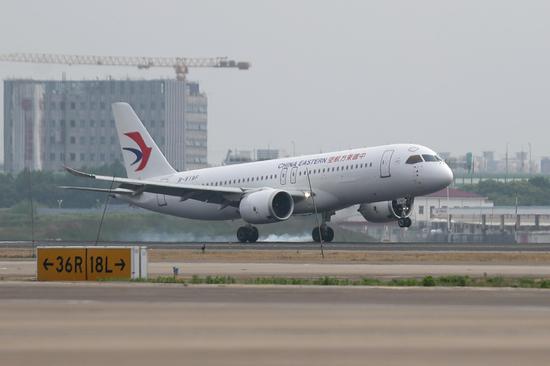

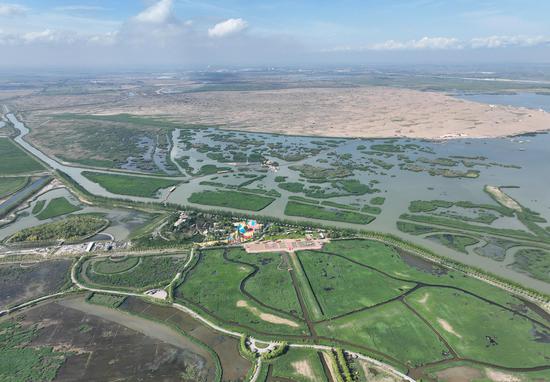
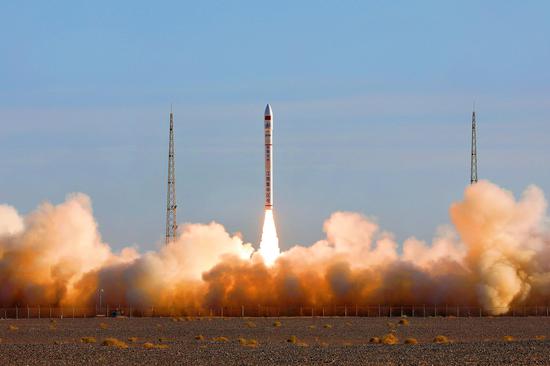




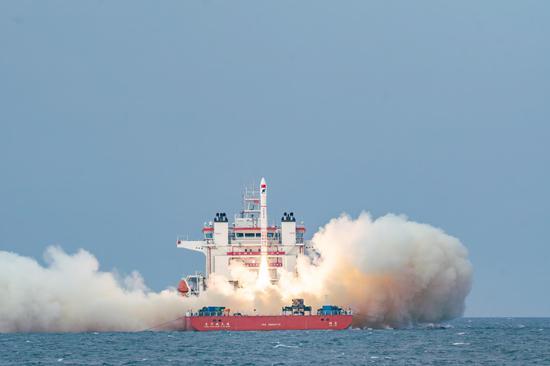



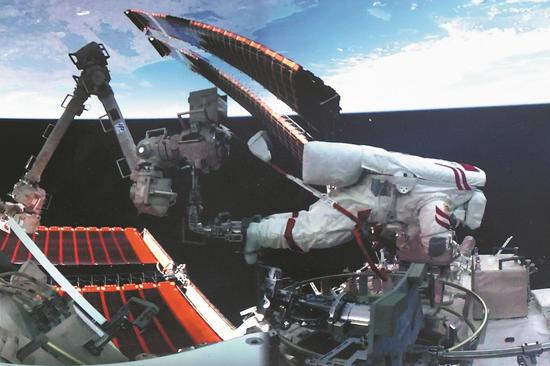





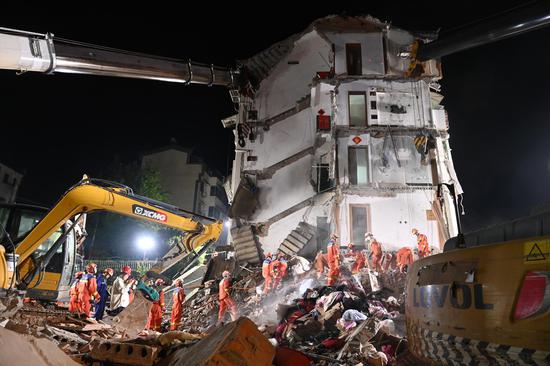
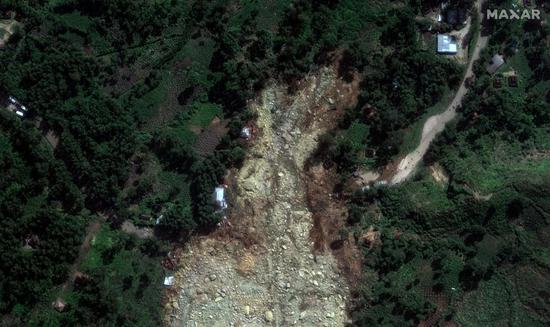






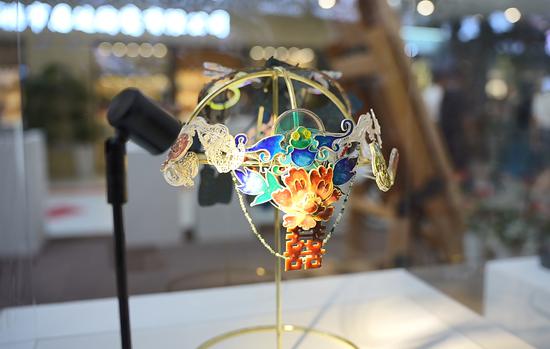
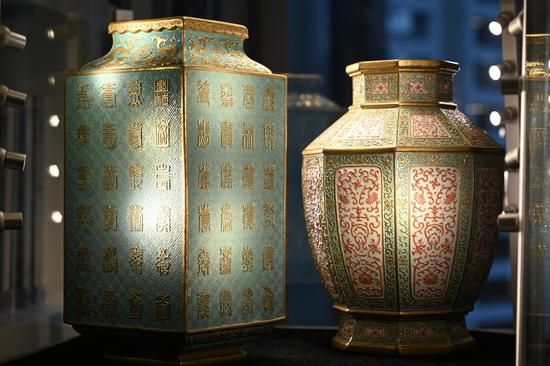













 京公网安备 11010202009201号
京公网安备 11010202009201号